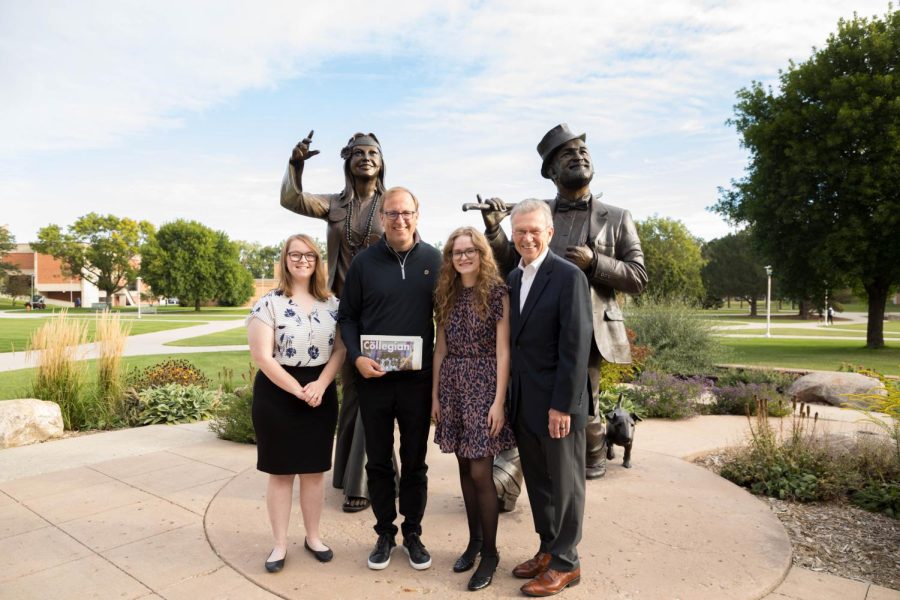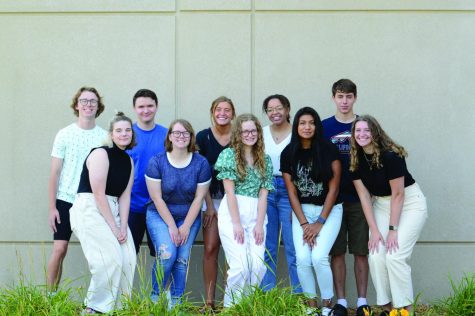When it comes to recycling, South Dakota State and Brookings has progress to make.
This year, SDSU competed in the RecycleMania competition. The goal was to increase student awareness of campus recycling and waste minimization. Universities across the United States and Canada reported the amount of recycling and trash collected each week.
Out of 170 schools, SDSU placed 121st in diversion rate, the amount of waste diverted from landfills for recycling, with 24.26 percent. For recycling per capita, SDSU recycled 13.25 pounds per person and placed 84 out of 228 schools.
RecycleMania is a great way to generate awareness about recycling on campus, but considering how low SDSU placed, more has to be done.
There are two main problems with recycling on campus and in Brookings: knowledge and implementation.
Campus-wise, strides are being made. Members of the Sustainability Council have set up booths on Main Street, posters showing the items students can and cannot recycle are hung up around campus and every building is receiving one recycling bin for every trash bin it already has.
Still, after a busy rush hour in The Union, plastics, cardboards and other recyclable materials are stacked high in trash bins. This makes it obvious that students aren’t getting the message.
Thid fall residence halls will have recycling bins in every room after SDSU recieved the 2017 Coca-Cola / Keep America Beautiful Public Space Recycling Bin Grant. SDSU will use the money to distribute bins on campus.
Off campus, recycling while living in an apartment complex is difficult in its own ways. Most property managers don’t offer accessible options for residents to recycle. It becomes more of a chore for tenants, and ultimately leads to more waste.
So, what can be done?
Knowing the impact recycling has on the environment is crucial. Some people figure it’s pointless for them to recycle when, elsewhere, other people are disregarding recycling entirely.
Americans’ high-consumption way of life produces more waste. So, any time waste is reduced, even in the smallest ways, it has a high impact.
Students should learn about what can and cannot be recycled. SDSU has a recycling guide that’s easy to understand. Things like food wrappers, straws and to-go silverware are in yellow circles, while recyclable things, like compostable to-go boxes, coffee cup sleeves and computer paper, are in blue circles. Yellow circles are for things that arent able to be recycled, and blue ones are for items you can put in the recycling bin.The full list can be found on the sustainability page on sdstate.edu.
Finally, students living in apartments or houses off campus can ask their landlords about better recycling options. Rental companies should put forth more effort to make recycling accommodations for their renters if it was in high demand.
There’s no reason why everyone shouldn’t be doing their part to make a positive impact on the environment. There are plenty of resources around campus to help make recycling easy, and SDSU is putting effort into becoming a more sustainable campus, but it’s ultimately up to each individual on and off campus to take the betterment of the environment into their own hands.
Stance: Every person has a responsibility to take part in living sustainably.
The Collegian Editorial Board meets weekly and agrees on the issue of the editorial. The editorial represents the opinion of The Collegian.






















